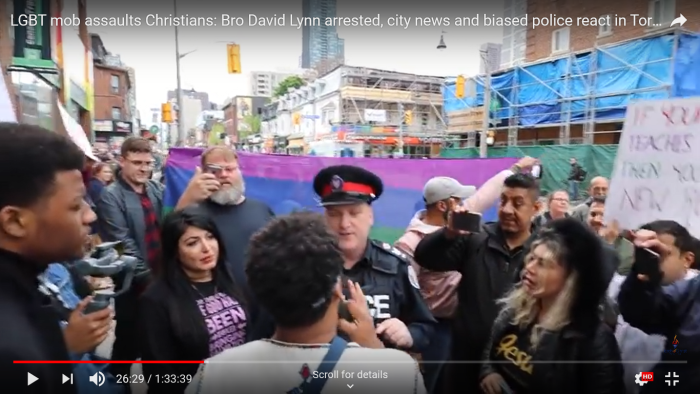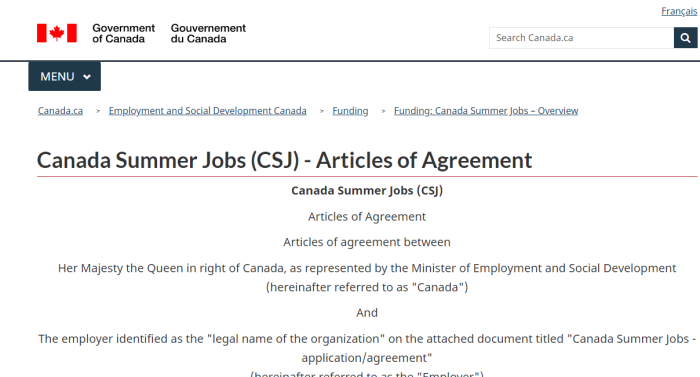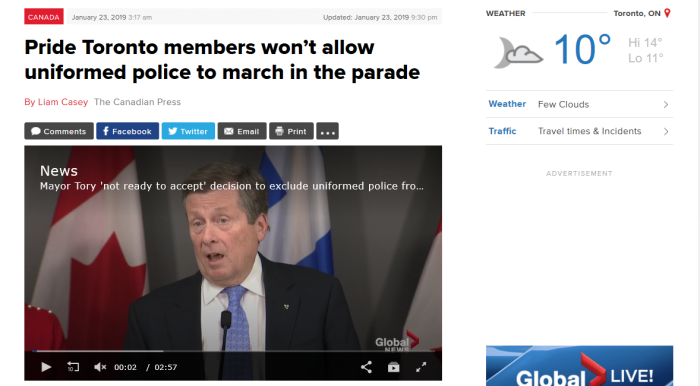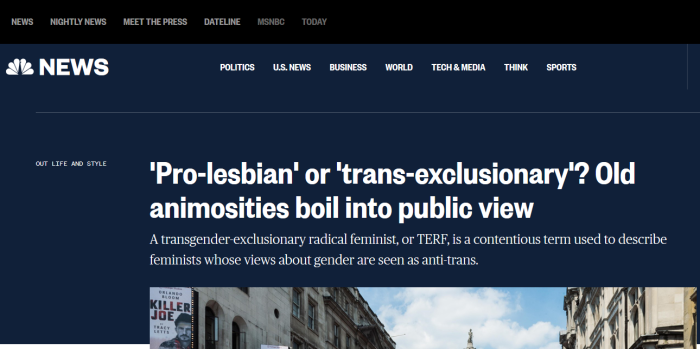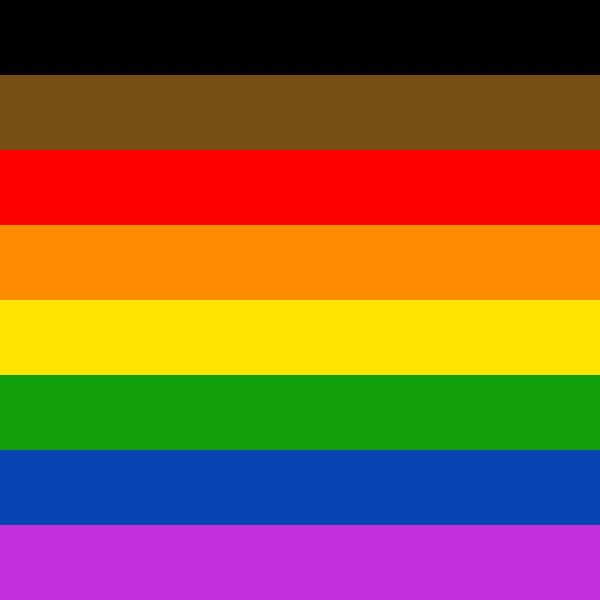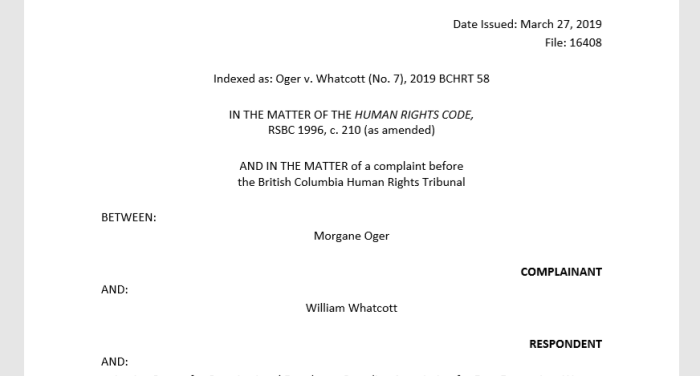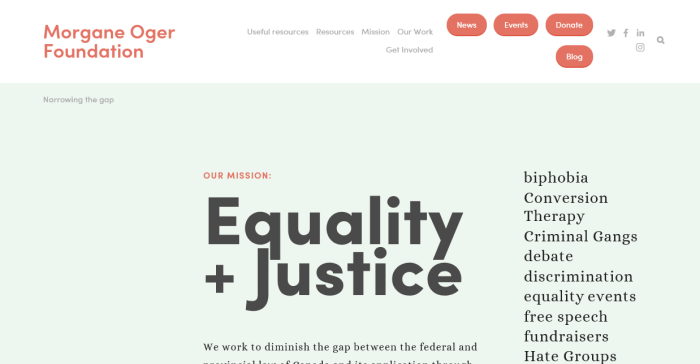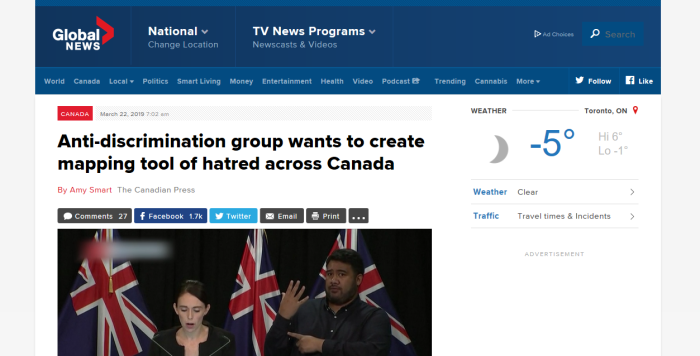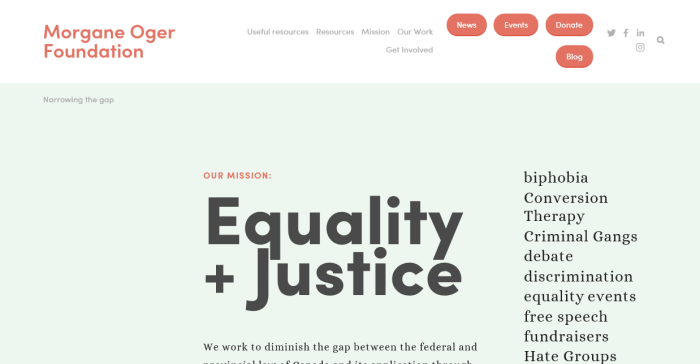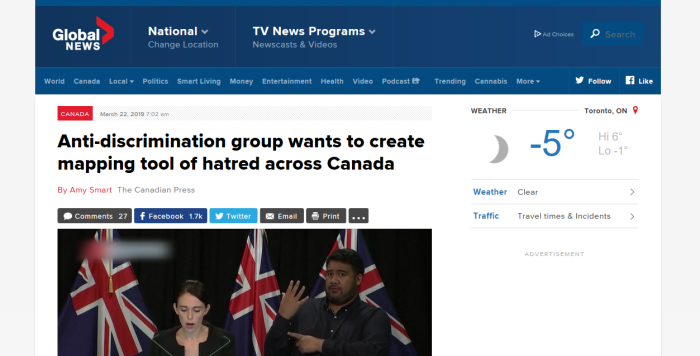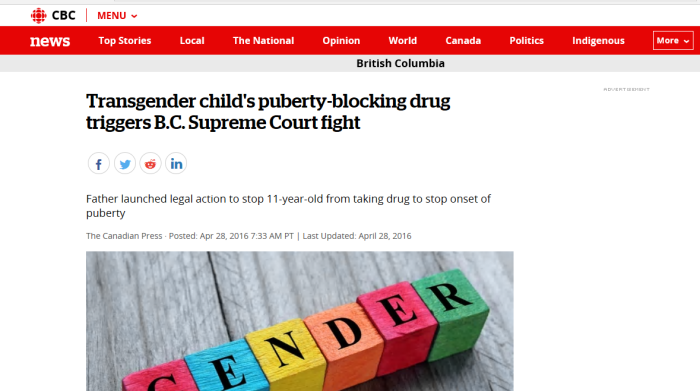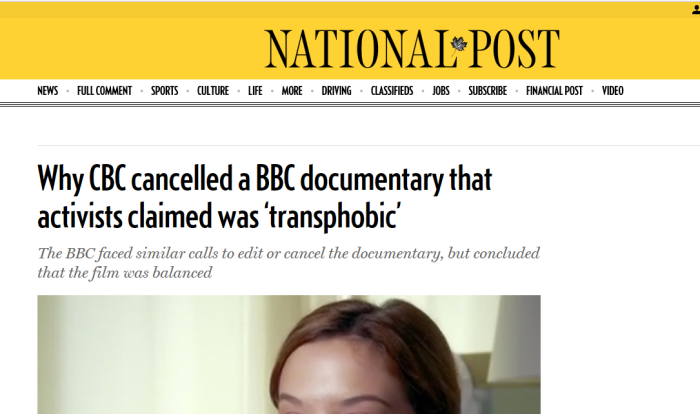In 2016, Justin Trudeau announced that it was a priority to lower the age of consent for anal sex from 18 to 16. This was done under the guise of equality, and not treating people differently due to sexual orientation.
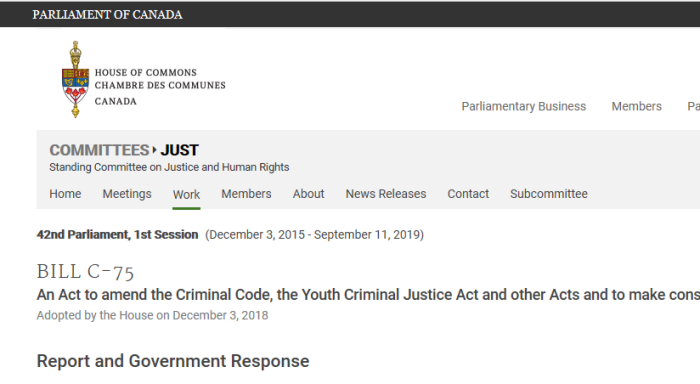
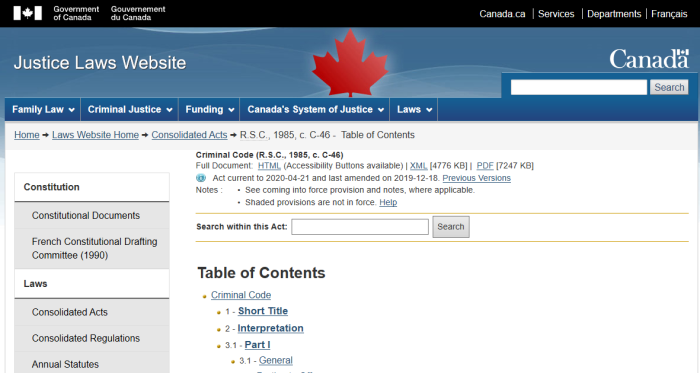
A mea culpa to begin with: although Bill C-75 was covered in the fall of 2018 (see previous review), it seems that I missed the more subtle aspect of the bill. Watering down penalties for terrorism offences was only part of it. C-75 was also a smokescreen for bringing more degeneracy to Canada, but under the radar. Yes, most terrorism committed in the West is done by Muslims, and that was how to accomplish this.
The agenda can be summarized as such:
- Focus on ideology, reduced terrorism penalties
- Let other perversions slip through
Most commentators (yes, guilty here too), focused on the terrorism and let far too much of the other content go pretty much unnoticed. It’s time to fix that.
One particular example, was the Prime Minister using the opportunity to slip in a clause to lower the age of consent (for anal) from 18 years old to 16, by repealing Section 159 of the Criminal Code. It was previously introduced in Bill C-32, but because of a public backlash, it never got past first reading. By embedding it in Bill C-75 instead, it passed almost unnoticed.
After some serious thought, this article will be made part of the TSCE series (trafficking, smuggling, & child exploitation). The reason being, that Bill C-75 makes it easier to harm children by reducing the penalties for child predators and child sex predators.
1. Bill C-32 Introduced In November 2016
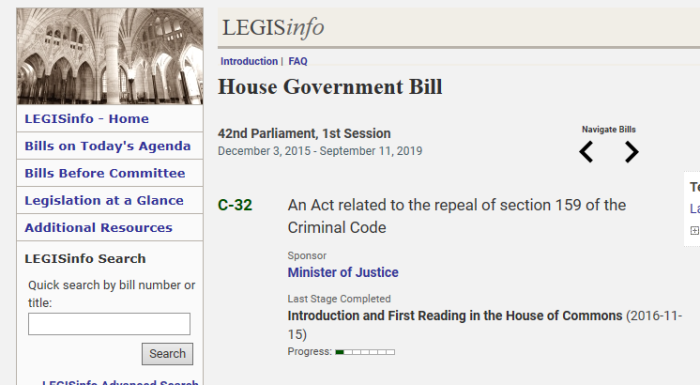
Criminal Code
Amendment to the Act
R.S., c. 9 (3rd Supp.), s. 3
1 Section 159 of the Criminal Code is repealed.
Clause 1: Existing text of section 159:
.
159 (1) Every person who engages in an act of anal intercourse is guilty of an indictable offence and liable to imprisonment for a term not exceeding ten years or is guilty of an offence punishable on summary conviction.
.
(2) Subsection (1) does not apply to any act engaged in, in private, between
(a) husband and wife, or
(b) any two persons, each of whom is eighteen years of age or more,
both of whom consent to the act.
.
(3) For the purposes of subsection (2),
(a) an act shall be deemed not to have been engaged in in private if it is engaged in in a public place or if more than two persons take part or are present; and
(b) a person shall be deemed not to consent to an act
(i) if the consent is extorted by force, threats or fear of bodily harm or is obtained by false and fraudulent misrepresentations respecting the nature and quality of the act, or
(ii) if the court is satisfied beyond a reasonable doubt that the person could not have consented to the act by reason of mental disability.
Yes, lowering the age of consent for anal sex was apparently a priority of the Trudeau Government from early on. One has to wonder why there is this level of pandering. A cynic may suspect there could be a personal stake in getting the age lowered.
However, the public was very unhappy and suspicious about this bill, and why this was a priority for the government. What is interesting is that although Bill C-32 never got past first reading, the idea of lowering the age of consent still went ahead. Instead, it would be slipped into Bill C-75.
A serious alternative: if Trudeau wants all sexual acts to be treated the same, what would be wrong with RAISING the age of consent for all acts to 18? This is normal in many countries.
2. Bill C-75 Brought In March 2018
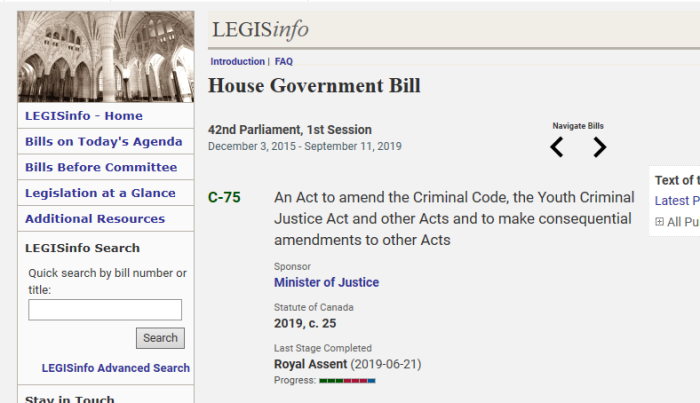
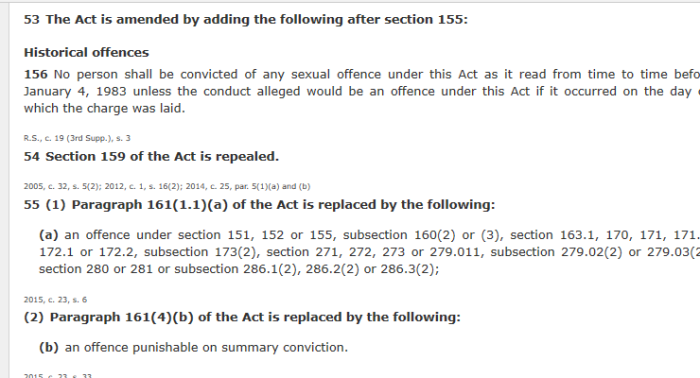
Yes, just a single line in Bill C-75 mentions the repeal of Section 159 of the Canadian Criminal Code. Of course, if you didn’t know what to look for, or didn’t have a copy handy. you wouldn’t know what it meant.
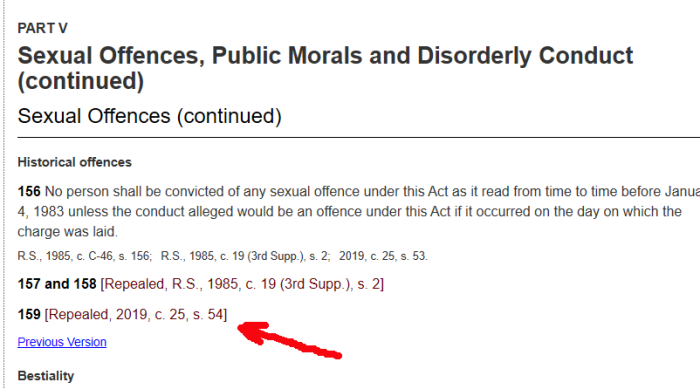
Think this over: Bill C-32 was met with public hostility over the proposal to lower the age of consent for anal sex. So that Bill is allowed to die, while the provision is slipped into Bill C-75.
- Keep talking about (Islamic) terrorism, penalties
- Let other degeneracy, perversions go ahead
The sleight-of-hand worked out as planned. While Canadians were rightly shocked at the prospect of having terrorism offences hybridized (available for either summary or indictable method for trial), instead of only the more serious indictable, this was allowed to pass. That way, the other items would get little to no scrutiny. And yes, this site is also guilty of the oversight.
3. Bill C-75 Used Partly To Divert Attention
These are the areas of Bill C-75 which the media focused on. Certainly, they are very serious, and need to be addressed. These are the offences which are now “hybridized”, meaning they are eligible to be tried summarily.
- Section 52: Sabotage
- Section 65: Rioting
- Section 69: Neglect by peace officer
- Section 82: Possession of explosives
- Section 83.02: Providing property for certain purposes
- Section 83.03: Making services/property available for terrorism
- Section 83.04: Using property for terrorism purposes
- Section 83.18(1): Participation in terrorist activity
- Section 83.181: Leaving Canada to participate in terrorism
- Section 83.23(1): Concealing who carried out terrorism
- Section 280(1): Abduction of child under age 16
- Section 281: Abduction of child under age 14
Now let’s briefly address some of the more disturbing aspects of Bill C-75 that weren’t covered by the mainstream or alternative media.
- Section 58: Fraudulent use of citizenship
- Section 159: Age of consent for anal sex
- Section 172(1): Corrupting children
- Section 173(1): Indecent acts
- Section 180(1): Common nuisance
- Section 182: Indecent interference or indignity to body
- Section 210: Keeping common bawdy house
- Section 211: Transporting to bawdy house
- Section 242: Not getting help for childbirth
- Section 243: Concealing the death of a child
- Section 279.02(1): Material benefit – trafficking
- Section 279.03(1): Withholding/destroying docs — trafficking
- Section 279(2): Forcible confinement
- Section 291(1): Bigamy
- Section 293: Polygamy
- Section 293.1: Forced marriage
- Section 293.2: Child marriage
- Section 295: Solemnizing marriage contrary to law
- Section 435: Arson, for fraudulent purposes
- Section 467.11(1): Participating in organized crime
See what’s going on here? The focus is on some of the more blatant and obvious crimes, and how they have become “hybridized” offences. Yet some extremely serious ones are mostly ignored, despite the same thing happening to them.
In later sections of the bill, it discusses access to justice, and reducing the standards for accused people to be released until trial.
4. Hybridization Of Offences Continues
Corrupting children
172 (1) Every one who, in the home of a child, participates in adultery or sexual immorality or indulges in habitual drunkenness or any other form of vice, and thereby endangers the morals of the child or renders the home an unfit place for the child to be in, is guilty of an indictable offence and liable to imprisonment for a term not exceeding two years.
172 (1) Every person who, in the home of a child, participates in adultery or sexual immorality or indulges in habitual drunkenness or any other form of vice, and by doing so endangers the morals of the child or renders the home an unfit place for the child to be in, is guilty of
(a) an indictable offence and liable to imprisonment for a term of not more than two years; or
(b) an offence punishable on summary conviction.
(2) [Repealed, R.S., 1985, c. 19 (3rd Supp.), s. 6]
Indecent acts
173 (1) Everyone who wilfully does an indecent act in a public place in the presence of one or more persons, or in any place with intent to insult or offend any person,
(a) is guilty of an indictable offence and is liable to imprisonment for a term of not more than two years; or
(b) is guilty of an offence punishable on summary conviction and is liable to imprisonment for a term of not more than six months.
Indecent acts
173 (1) Everyone who wilfully does an indecent act in a public place in the presence of one or more persons, or in any place with intent to insult or offend any person,
(a) is guilty of an indictable offence and is liable to imprisonment for a term of not more than two years; or
(b) is guilty of an offence punishable on summary conviction.
Yes, corrupting children, and committing indecent acts against children now, thanks to the Trudeau Government, are eligible to be tried summarily. How exactly does this help protect children? The punishments for doing these crimes are reduced.
Common nuisance
180 (1) Every one who commits a common nuisance and thereby
(a) endangers the lives, safety or health of the public, or
(b) causes physical injury to any person,
is guilty of an indictable offence and liable to imprisonment for a term not exceeding two years.
Common nuisance
180 (1) Every person is guilty of an indictable offence and liable to imprisonment for a term of not more than two years or is guilty of an offence punishable on summary conviction who commits a common nuisance and by doing so
(a) endangers the lives, safety or health of the public, or
(b) causes physical injury to any person.
Also worth noting is that Section 181 (spreading fake news to create mischief) has been repealed as a criminal offence.
Marginal note:
Dead body
182 Every one who
(a) neglects, without lawful excuse, to perform any duty that is imposed on him by law or that he undertakes with reference to the burial of a dead human body or human remains, or
(b) improperly or indecently interferes with or offers any indignity to a dead human body or human remains, whether buried or not,
is guilty of an indictable offence and liable to imprisonment for a term not exceeding five years.
R.S., c. C-34, s. 178
note:
Dead body
182 Every person is guilty of an indictable offence and liable to imprisonment for a term of not more than five years or is guilty of an offence punishable on summary conviction who
(a) neglects, without lawful excuse, to perform any duty that is imposed on him by law or that he undertakes with reference to the burial of a dead human body or human remains, or
(b) improperly or indecently interferes with or offers any indignity to a dead human body or human remains, whether buried or not.
R.S., 1985, c. C-46, s. 1822019, c. 25, s. 63
Interfering with a dead body, even indecent interference, or indignity to a corpse can now be tried summarily.
Neglect to obtain assistance in child-birth
242 A female person who, being pregnant and about to be delivered, with intent that the child shall not live or with intent to conceal the birth of the child, fails to make provision for reasonable assistance in respect of her delivery is, if the child is permanently injured as a result thereof or dies immediately before, during or in a short time after birth, as a result thereof, guilty of an indictable offence and is liable to imprisonment for a term not exceeding five years.
R.S., c. C-34, s. 226
Neglect to obtain assistance in childbirth
242 A female person who, being pregnant and about to be delivered, with intent that the child shall not live or with intent to conceal the birth of the child, fails to make provision for reasonable assistance in respect of her delivery is, if the child is permanently injured as a result of the failure or dies immediately before, during or in a short time after birth, as a result of the failure, guilty of
(a) an indictable offence and liable to imprisonment for a term of not more than five years; or
(b) an offence punishable on summary conviction.
R.S., 1985, c. C-46, s. 242 2019, c. 25, s. 82
Yes, it’s no big deal if you don’t bother to call for help when about to give birth. If the child dies, covering it up doesn’t seem very important either. What a twisted direction to be going.
Concealing body of child
243 Every one who in any manner disposes of the dead body of a child, with intent to conceal the fact that its mother has been delivered of it, whether the child died before, during or after birth, is guilty of an indictable offence and liable to imprisonment for a term not exceeding two years.
R.S., c. C-34, s. 227
Concealing body of child
243 Every person who in any manner disposes of the dead body of a child, with intent to conceal the fact that its mother has been delivered of it, whether the child died before, during or after birth, is guilty of
(a) an indictable offence and liable to imprisonment for a term of not more than two years; or
(b) an offence punishable on summary conviction.
R.S., 1985, c. C-46, s. 243 2019, c. 25, s. 82
As for those people wanting to participate in multiple marriages, forced marriages, child marriages, or other such abominations, guess what? Lesser penalties are heading your way.
Polygamy
293 (1) Every one who
(a) practises or enters into or in any manner agrees or consents to practise or enter into
(i) any form of polygamy, or
(ii) any kind of conjugal union with more than one person at the same time,
whether or not it is by law recognized as a binding form of marriage, or
(b) celebrates, assists or is a party to a rite, ceremony, contract or consent that purports to sanction a relationship mentioned in subparagraph (a)(i) or (ii),
is guilty of an indictable offence and liable to imprisonment for a term not exceeding five years.
Polygamy
293 (1) Every person is guilty of an indictable offence and liable to imprisonment for a term of not more than five years or is guilty of an offence punishable on summary conviction who
(a) practises or enters into or in any manner agrees or consents to practise or enter into any form of polygamy or any kind of conjugal union with more than one person at the same time, whether or not it is by law recognized as a binding form of marriage; or
(b) celebrates, assists or is a party to a rite, ceremony, contract or consent that purports to sanction a relationship mentioned in paragraph (a).
Polygamy typically involves one man having several wives. It opens the door to abuse and exploitation, since the “wives” generally don’t have the same rights as the man. Of course, there is nothing to say that these are child marriages and/or forced marriages.
Forced marriage
293.1 Everyone who celebrates, aids or participates in a marriage rite or ceremony knowing that one of the persons being married is marrying against their will is guilty of an indictable offence and liable to imprisonment for a term not exceeding five years.
2015, c. 29, s. 9.
Forced marriage
293.1 Every person who celebrates, aids or participates in a marriage rite or ceremony knowing that one of the persons being married is marrying against their will is guilty of
(a) an indictable offence and liable to imprisonment for a term of not more than five years; or
(b) an offence punishable on summary conviction
2015, c. 29, s. 92019, c. 25, s. 115.
Forced marriage amounts to sex slavery. Typically, it is a very young girl forced to “marry” a much, MUCH older man. What sane person would make this eligible to be tried as a summary offence? This crosses the line for any so-called cultural accommodations and crosses into (child) exploitation.
Marriage under age of 16 years
293.2 Everyone who celebrates, aids or participates in a marriage rite or ceremony knowing that one of the persons being married is under the age of 16 years is guilty of an indictable offence and liable to imprisonment for a term not exceeding five years.
2015, c. 29, s. 9
Marriage under age of 16 years
293.2 Every person who celebrates, aids or participates in a marriage rite or ceremony knowing that one of the persons being married is under the age of 16 years is guilty of
(a) an indictable offence and liable to imprisonment for a term of not more than five years; or
(b) an offence punishable on summary conviction.
2015, c. 29, s. 92019, c. 25, s. 115
Given that very young children are not able to give informed consent, would this not be the same exploitation and child sex slavery as addressed above?
Marginal note:
Pretending to solemnize marriage
294 Every person is guilty of an indictable offence and liable to imprisonment for a term of not more than two years who
(a) solemnizes or pretends to solemnize a marriage without lawful authority; or
(b) procures a person to solemnize a marriage knowing that he is not lawfully authorized to solemnize the marriage.
R.S., 1985, c. C-46, s. 2942018, c. 29, s. 29
Pretending to solemnize marriage
294 Every person is guilty of an indictable offence and liable to imprisonment for a term of not more than two years or is guilty of an offence punishable on summary conviction who
(a) solemnizes or pretends to solemnize a marriage without lawful authority; or
(b) procures a person to solemnize a marriage knowing that he is not lawfully authorized to solemnize the marriage.
R.S., 1985, c. C-46, s. 2942018, c. 29, s. 292019, c. 25, s. 116.
Why would someone pretend to solemnize a marriage? It could be because the terms of the marriage would not be accepted in everyday society, such as child marriages, or forced marriages.
Arson for fraudulent purpose
435 (1) Every person who, with intent to defraud any other person, causes damage by fire or explosion to property, whether or not that person owns, in whole or in part, the property, is guilty of an indictable offence and liable to imprisonment for a term not exceeding ten years.
Arson for fraudulent purpose
435 (1) Every person who, with intent to defraud any other person, causes damage by fire or explosion to property, whether or not that person owns, in whole or in part, the property, is guilty of
(a) an indictable offence and liable to imprisonment for a term of not more than 10 years; or
(b) an offence punishable on summary conviction.
So burning down your place of business or home (and endangering the public) could possibly be tried summarily. Just make sure that you set the fire for the insurance money.
Participation in activities of criminal organization
467.11 (1) Every person who, for the purpose of enhancing the ability of a criminal organization to facilitate or commit an indictable offence under this or any other Act of Parliament, knowingly, by act or omission, participates in or contributes to any activity of the criminal organization is guilty of an indictable offence and liable to imprisonment for a term not exceeding five years.
Participation in activities of criminal organization
467.11 (1) Every person who, for the purpose of enhancing the ability of a criminal organization to facilitate or commit an indictable offence under this or any other Act of Parliament, knowingly, by act or omission, participates in or contributes to any activity of the criminal organization is guilty of
(a) an indictable offence and liable to imprisonment for a term of not more than five years; or
(b) an offence punishable on summary conviction.
Smuggling children across the border, or providing children for these marriages could be considered organized crime. Perhaps that is why they were included in the hybridization list.
And of course, lowering the age of consent for anal sex was addressed in previous sections. There are many provisions in Bill C-75 that were not addressed. The likely reason was that the terrorism changes made were so shocking.
5. Submissions In Bill C-75 Hearings
CanadianAllianceForSexWorkLawReform-e
The Canadian Alliance for Sex Work Law Reform made a submission for the Bill C-75 hearings, asking for restrictions to sex work be removed. The rationale being that having portions of the “job” that were not fully legal endangered the workers and limited their access to courts and the police if need be.
UNICEFCanada-e
UNICEF also made a submission in the hearings. They claim that their mandate is to advocate for the well being of all children. That extends to both child victims of crime, and child criminals. While the intent may be good, foreign institutions should not be trying to influence Canadian law.
CanadianCentreForGenderSexualDiversity-e
The Canadian Centre for Gender & Sexual Diversity made a submission, including a list of items they thought should have been included in Bill C-75.
1-Bill C-75 fails to address sex work criminalization
2-Bill C-75 fails to protect intersex children from non-consensual surgery
3-Bill C-75 fails to repeal the ‘bawdy house’ laws or obscenity laws that disproportionately affect queer and trans people
4-Bill C-75 fails to properly define marginalized person
VancouverRapeReliefAndWomensShelter-e
The Vancouver Rape Relief wrote in support of the “reverse-onus” burden in domestic violence cases, where men would have to show that they deserve bail. However, the group laments that “rich white men” will be able to get off the hook, while men of colour will more often remain locked up. Oh, intersectionality at its finest.
CanadianCentreForChildProtection-e
The Canadian Center for Child Protection spoke very critically about certain changes which would weaken the penalties for abduction of children and forced marriages. A well written piece, but pretty sad that these facts need to be stated.
It was also addressed in the previous review that changes were being made to (for the most part) make it easier for accused criminals to get out on bail and to remain out even when breaching conditions. Crime just isn’t something the government takes seriously.
6. Liberals All Voted For This
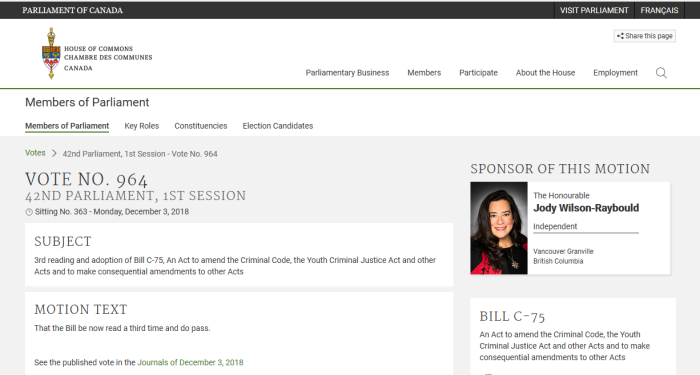
All Liberal MPs voted for Bill C-75. Every single one who was in the House of Commons. They all voted for a Bill that reduces the criminal penalties for terrorism offences, and crimes against children. Regardless of whether the vote was whipped (it probably was), MPs in the government should have been standing up against this.
7. More Then Just Terrorism At Stake
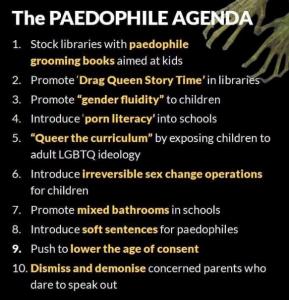
The review from 2018 seems to be incomplete, so a follow up was called for. While terrorism related charged were prominent in the bill, there were many other things that needed to be addressed as well.
Slipping in content from Bill C-32 (lowering the age of consent for anal sex) was just one thing that wasn’t discussed in the media. Seems that when Bill C-32 died, the discussion died as well. A cynic might wonder if the exclusive focus on the terrorism elements was deliberate.
(a) Focus on the reduced penalties for terrorism offences
(b) Ignore the degeneracy, child exploitation aspects of the bill
In watering down penalties in this manner, the Trudeau Government puts people — particularly children — in danger. It is difficult to comprehend how this makes children safer when the potential punishments for crimes against children are reduced.
Under the guise of criminal justice reform, the Trudeau Government is making it more likely that children will continue to be harmed. After all, Bill C-75 reduces potential penalties for serious crimes against children.
Hopefully this gives a more rounded summary of Bill C-75 than the what last article did.
(1) https://canucklaw.ca/canadas-bill-c-75-watering-down-penalties-for-terrorism-rioting-weapons/
(2) https://www.parl.ca/LegisInfo/BillDetails.aspx?Language=E&billId=8587634
(3) http://archive.is/p1AqH
(4) https://www.parl.ca/DocumentViewer/en/42-1/bill/C-75/royal-assent
(5) http://archive.is/QYxr0
(6) https://laws-lois.justice.gc.ca/eng/acts/C-46/
(7) https://www.ourcommons.ca/Committees/en/JUST/StudyActivity?studyActivityId=10210275
(8) http://archive.is/efXwo

